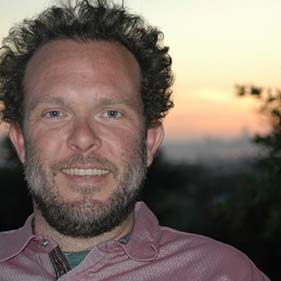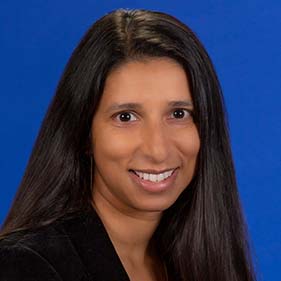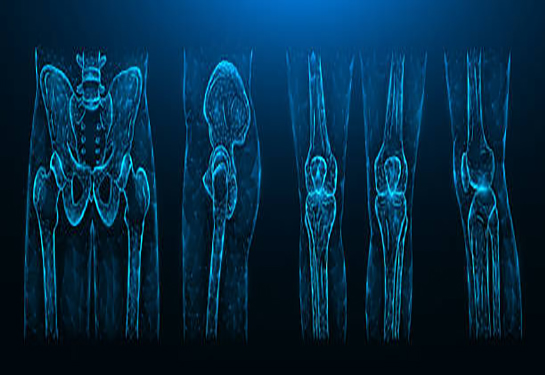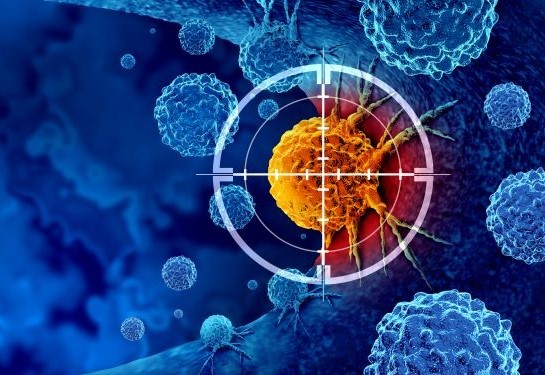Exploring the link between wildfire smoke and cancer risk
UC Davis Comprehensive Cancer Center funds two pilot studies to examine impact of smoke from fires
Within the last six years, Californians have witnessed a troublesome trend in wildfires. Not only are wildfires larger, more frequent and more severe than prior years, they’re increasingly closer to home, crossing into a boundary known as a wildland-urban interface. It is this boundary, where wilderness meets civilization, which is of special interest to research scientists.
“When those wildfires cross this kind of invisible boundary, they start to consume the built environment, all the synthetic materials in homes, in cars, in infrastructure, and that changes the emissions landscape,” said Keith Bein, an associate professional researcher with the UC Davis Air Quality Research Center. “That changes what those emissions are composed of and that changes their impact on toxicity and thus public health.”
UC Davis Comprehensive Cancer Center is funding two pilot studies designed to investigate how wildfire smoke changes the air Californians breathe and the water they drink. These studies are also investigating how those changes affect the risk for developing and surviving cancer.
One study is being led by Bein and another by cancer center Associate Director of Population Sciences Shehnaz Hussain.
“There is a lot of material in buildings and structures that are going into the atmosphere, the air and the water,” Hussain said. “Some of the elements in wildland-urban interface smoke have not been studied, so we just don’t know what kind of risks for cancer these exposures are going to pose.”
Pilot study #1: Sampling smoke
“One of the ways to study wildfire smoke, especially the health effects, is to go out to the fire and collect samples of air pollution,” Bein said. “So, when a fire pops up, I want to be there to collect samples in close proximity to where those emissions are occurring.”
And for the past handful of years, that’s exactly what Bein’s been doing: collecting air samples from wildfire events like the 2018 Camp Fire and its connected airsheds, or regional air supplies.
“Not only are wildfires happening every summer, but they’re also happening multiple times every summer,” Bein said. “These kinds of repeated exposure scenarios are what may lead to diseases like cancer.”
Not only are wildfires happening every summer, but they’re also happening multiple times every summer. These kinds of repeated exposure scenarios are what may lead to diseases like cancer.” —Keith Bein, associate professional researcher, UC Davis Air Quality Research Center
In the pilot study, Bein and his colleagues will analyze his wildfire smoke samples to better understand how chemical compounds promote cancer development. Specifically, the team is investigating the aryl hydrocarbon receptor (AhR) signaling pathway. Dysfunction of this pathway is one of the main cascading events that leads to the development and progression of lymphoma.
To study this, Bein and his team will re-create atmospheric conditions of previous fires in the lab, like the Camp Fire. And that’s where Bein’s wildfire smoke samples come into play. Bein and his colleagues plan to re-aerosolize those samples and expose cellular and animal models to them.
“We’re going to try to mimic what actually happened during the Camp Fire to the people in the Bay Area that got the biggest exposure from that fire,” Bein said. “We’re going to try to re-create that in a mouse model and see if they develop lymphoma.”
The hope is that by re-creating such conditions, the team can determine whether — and how — wildfire smoke leads to lymphoma development at the molecular level.
Pilot study #2: Soot in the soil
In the second pilot study, Hussain will compare air quality data with the California Cancer Registry to study how increased to study how increased exposure to wildfire smoke affects cancer risk, development and treatment response.
Public air quality tools, like PurpleAir, allow continuous, real-time monitoring of particulate air pollution. That’s become particularly handy for researchers interested in longitudinal studies about wildfire smoke risk.
“The idea is to compare people with cancer diagnoses in high wildfire smoke exposure areas to people with cancer diagnoses in low exposure areas throughout the state and see if there are any differences in how they do,” Hussain said.
The idea is to compare people with cancer diagnoses in high wildfire smoke exposure areas to people with cancer diagnoses in low exposure areas throughout the state and see if there are any differences in how they do.”—Shehnaz Hussain, professor and cancer center director of population sciences
Hussain and her colleagues are not only interested in how wildfire smoke affects the air, but they also want to understand how it’s changing California’s groundwater, a much more difficult prospect.
“A lot of our region here in Northern California relies on well water and well water is not monitored,” said Hussain, noting that particulates from wildfire smoke can get into the soil and seep into groundwater. “There’s no law in California to monitor the composition of heavy metals and other things in well water.”
To rectify this, Hussain and her team are seeking the public’s assistance in building a groundwater quality database.
“Through a citizen science approach, we want to get people to contribute samples from their wells and get a baseline database,” said Hussain. "In the future, we’re hoping to study wildfire events that are in proximity or upstream of water from those people that are participating in our study and then study changes that may be occurring in the water due to wildfire events.”
For Hussain, this confluence of rich data and subject-area expertise puts UC Davis at the forefront of research into public health and wildfire smoke.
“Pulling all of these people together is really a no brainer,” said Hussain. “It’s kind of the best example of team science that we can do here at UC Davis.”
UC Davis Comprehensive Cancer Center
UC Davis Comprehensive Cancer Center is the only National Cancer Institute-designated center serving the Central Valley and inland Northern California, a region of more than 6 million people. Its specialists provide compassionate, comprehensive care for more than 100,000 adults and children every year and access to more than 200 active clinical trials at any given time. Its innovative research program engages more than 240 scientists at UC Davis who work collaboratively to advance discovery of new tools to diagnose and treat cancer. Patients have access to leading-edge care, including immunotherapy and other targeted treatments. Its Office of Community Outreach and Engagement addresses disparities in cancer outcomes across diverse populations, and the cancer center provides comprehensive education and workforce development programs for the next generation of clinicians and scientists. For more information, visit cancer.ucdavis.edu.






